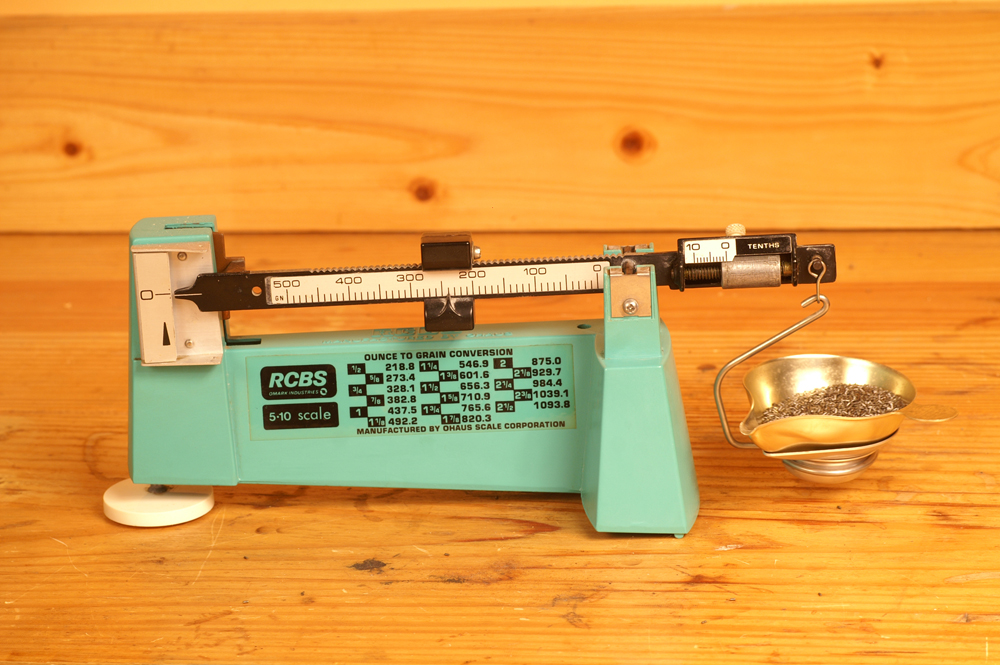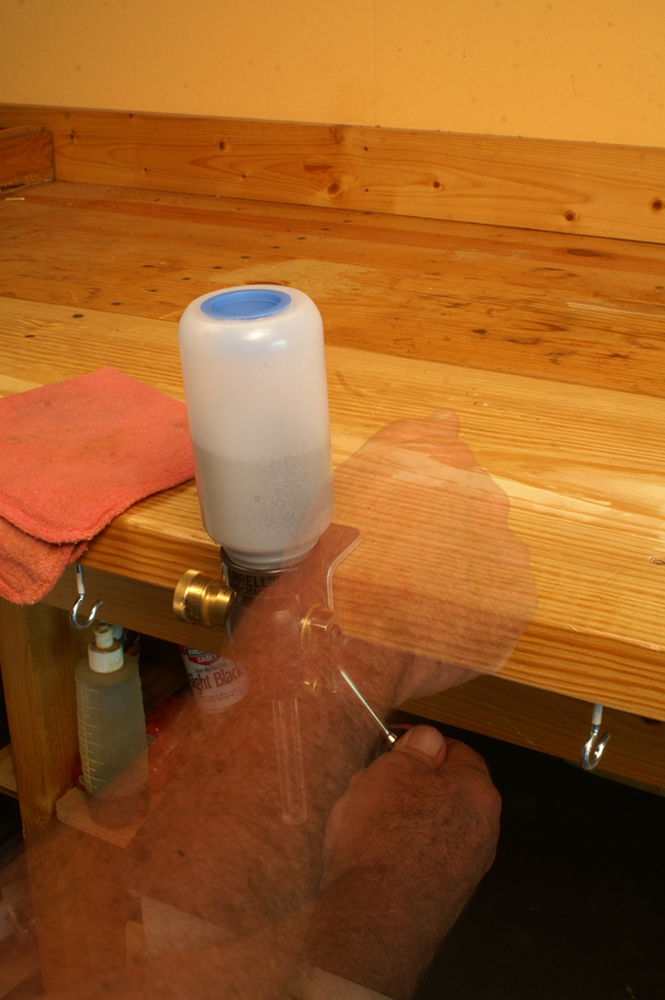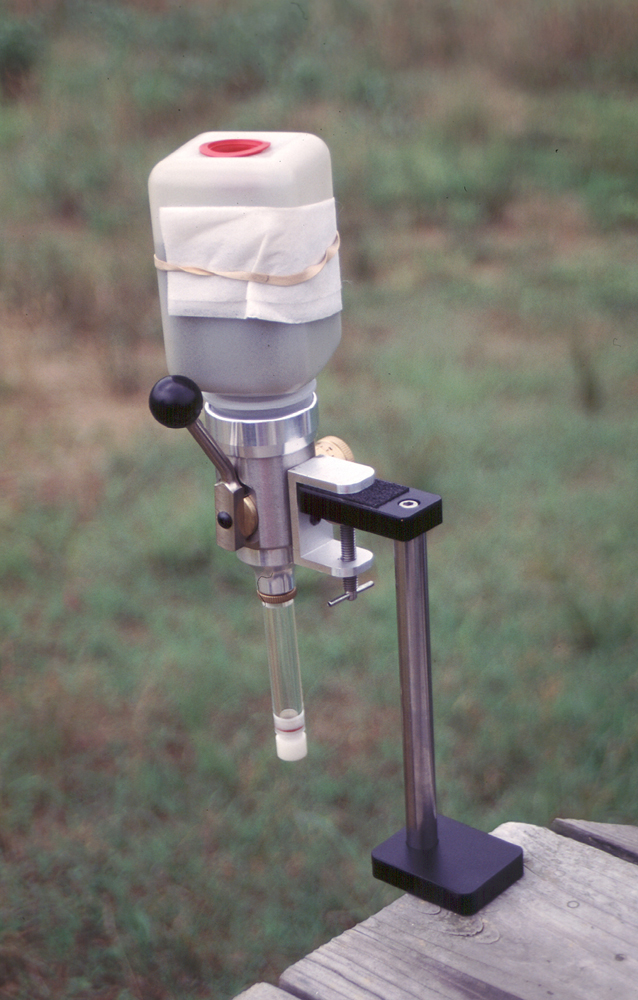How well you set up and operate a powder meter has a lot to do with ammo consistency. Here are a few tips on getting the most from this tool. READ MORE
Glen Zediker
Going back to our last conversation, the topic was dispensing propellant charges, and whether to weigh each charge or dispense each charge using a powder meter. Generally, most seem to agree that weighing each is the sure way to better consistency. I don’t always agree with that, and I say that mostly because my chronograph and group size numbers don’t support superiority of either approach. However! I sure do know that metering charges is way on faster and easier than weighing them all out!
Once again: the only answer that works is to experiment for yourself and settle the question based on empirical evidence. Right: shoot it and see!
This next offers a few tips I’ve had good success with over the years. I can tell you that, without any doubt, learning how to set up and operate a meter has a decided influence on those chronograph and group size measurements.

First: I very strongly recommend setting the meter throw based not on one single charge, but on multiple charges. Here’s my method: After running a few single throws to get it close, I set my scale to 10 times the desired single-throw propellant charge weight, then throw 10 charges into the scale pan. I have done this (so) many times over (so) many years that I can tell you that I have no memory or record of this tactic not influencing the final setting I have dialed in. Do this 3-4 times and see what you see. There’s a huge likelihood there will be an adjustment needed. And for some reason, supported by my notes at least, the final setting is usually a tick lower than I gauge for one-throw-at-a-time weight checks.
Now, I know that if the meter is accurate then each single charge will weigh what it should, but maybe the difference that makes this method work best is that scales aren’t perfectly accurate. Maybe it’s the damping system, or continual issues with calibrations, but a 10-throw lot ultimately results in a more precise setting. I’ve proven that too many times to myself to qualify it with a “may.” No, it does.
As mentioned in a past article, the smaller the propellant granules the more precise each fill can be. Longer-grained kernels provide more air space and “stack” more than smaller-grained kernels. It’s also clear that the higher degree of precision on the meter internal sliding surfaces, the more “clean” the strike-off will be.
And, meter operation has a whopping lot to do with the consistency of filling the meter drum. Just like tapping a case bottom settles the propellant to a lower fill volume, same thing happens filling the drum in a meter.

The trick to good throws is working the meter handle consistently, and also settling on a contact force when the meter handle comes to a stop in the “fill” direction: It should bump but not bang… I wish I could be more clear on that, but it’s a feel. Don’t go too slowly, gingerly taking the handle to its stop, and don’t slam it there either. You want a positive, audible “thunk” when the handle stops. If it’s the same each time, fill consistency will, not can, improve. Focusing on operating the handle at a constant rate of speed teaches this in short order. It’s a positive movement that, for me, takes about one second to lift the handle.

There’s a few more tips in the photo captions, and here’s another: Do not leave propellant in a meter! Return it to a sealed container when you’re done for the day.
This article is adapted from Glen’s books, Handloading For Competition and Top-Grade Ammo, available at Midsouth HERE. For more information about other books by Glen, visit ZedikerPublishing.com








